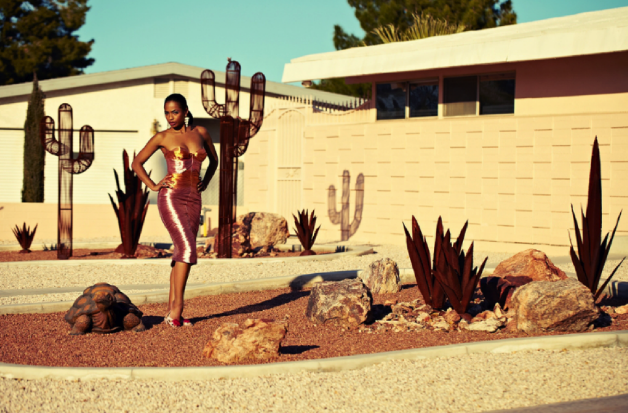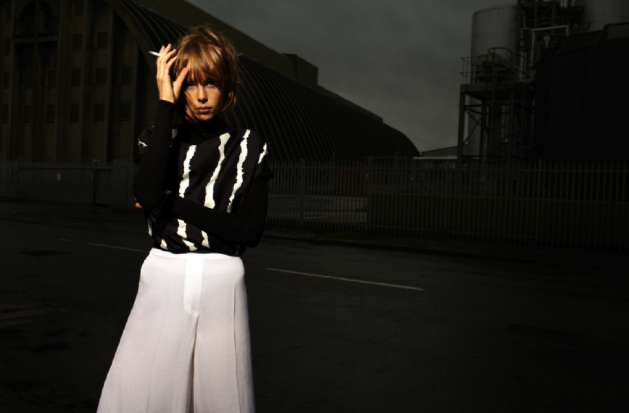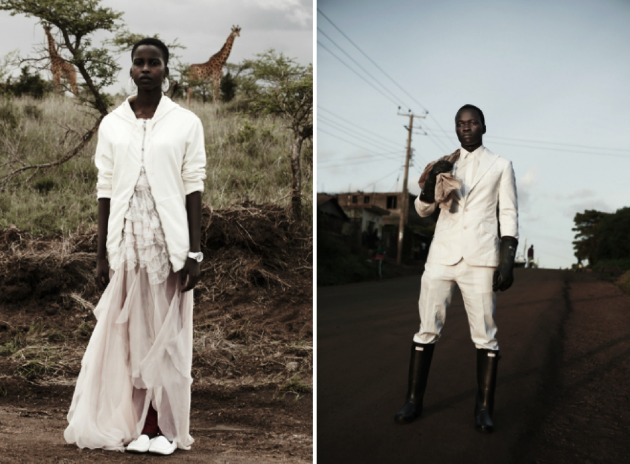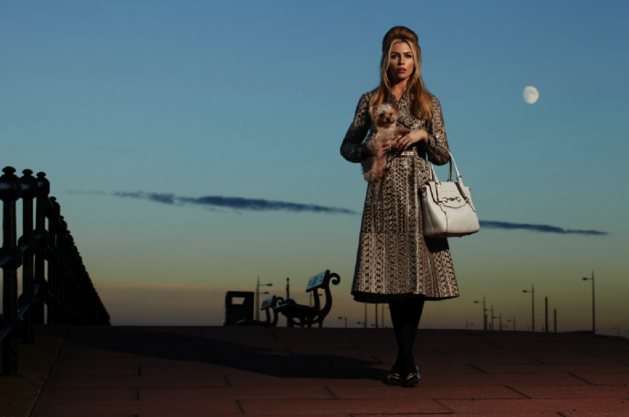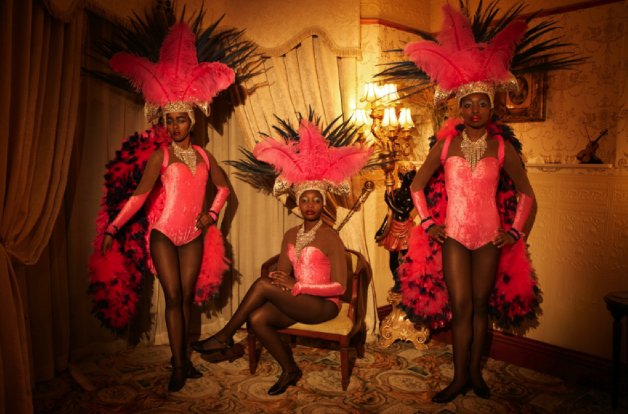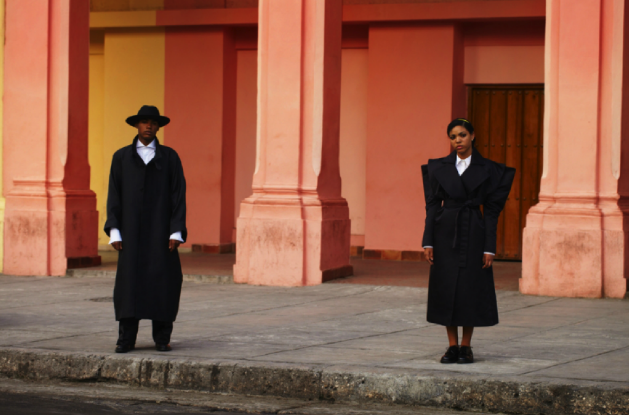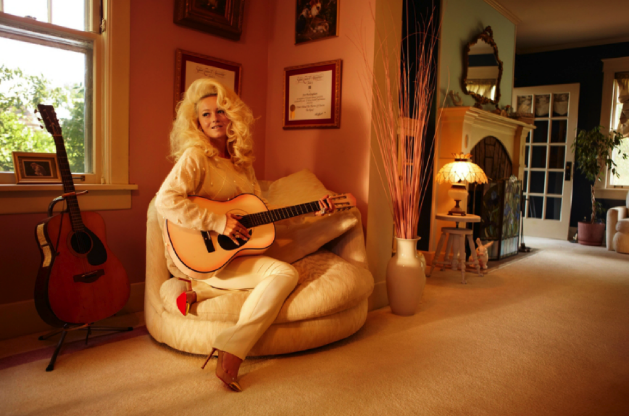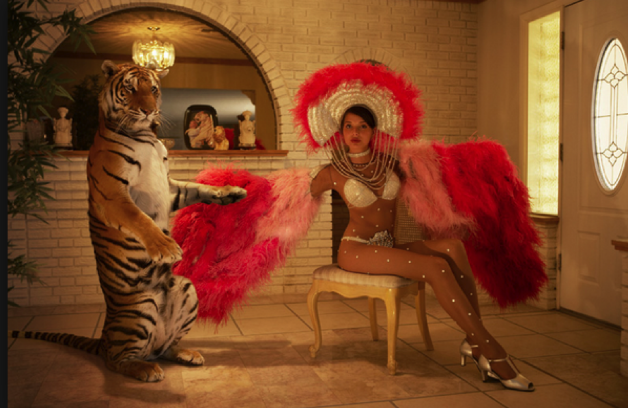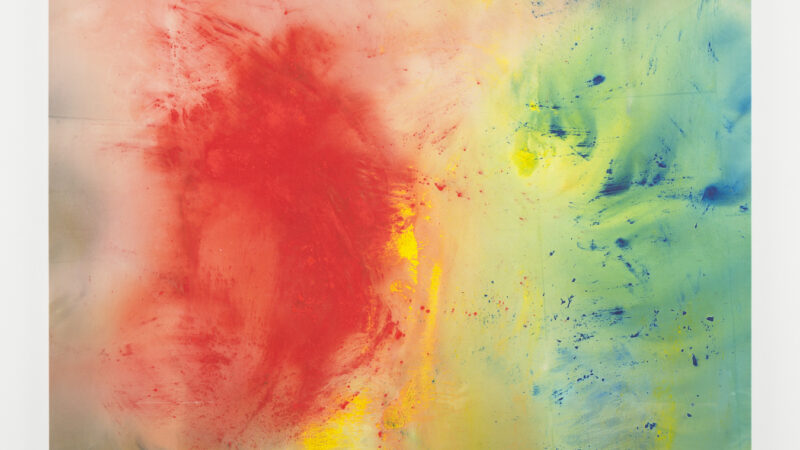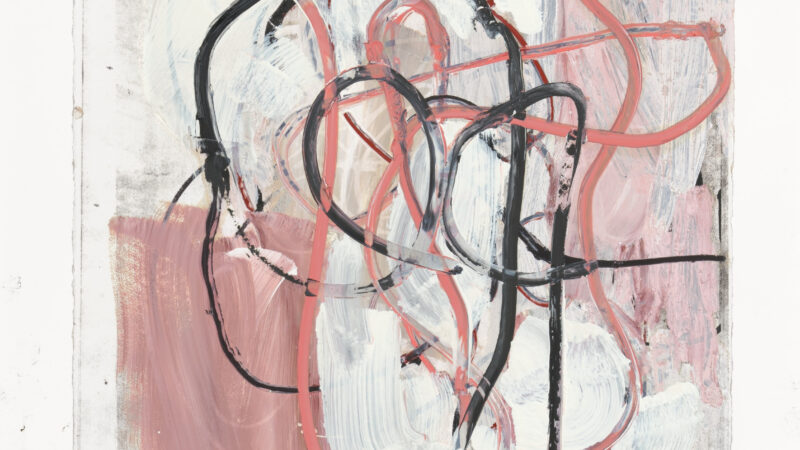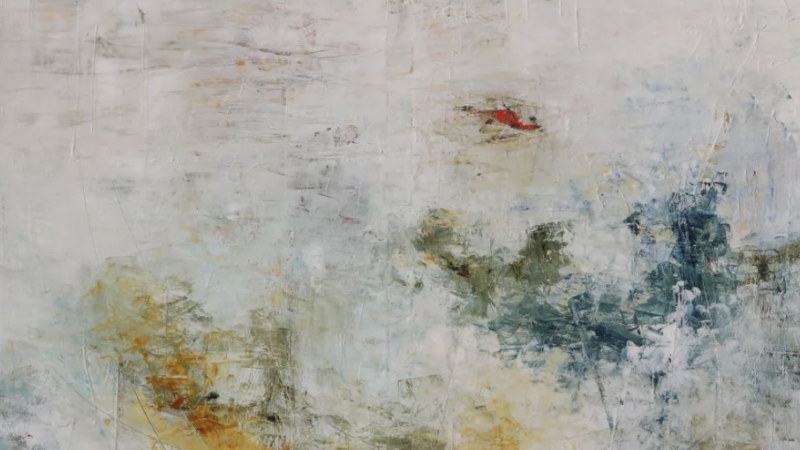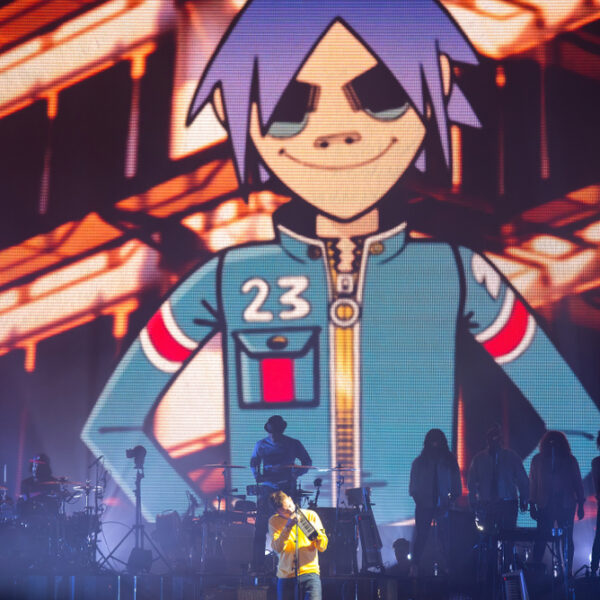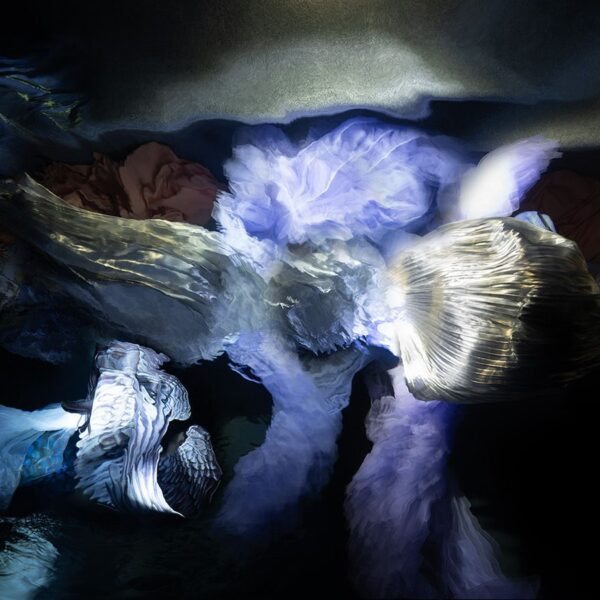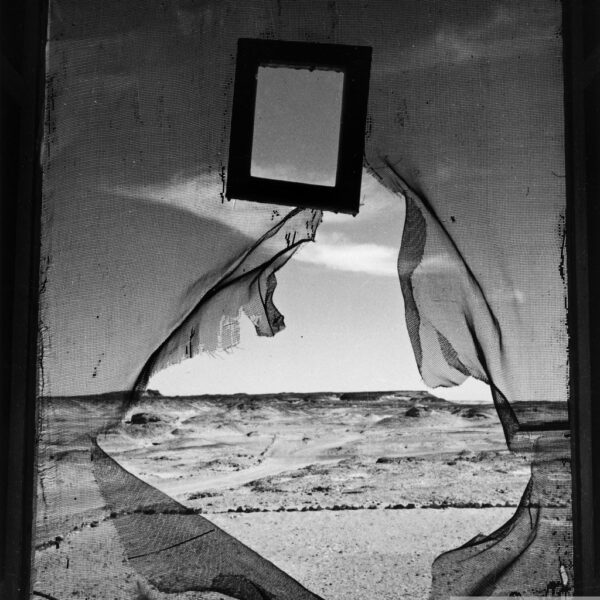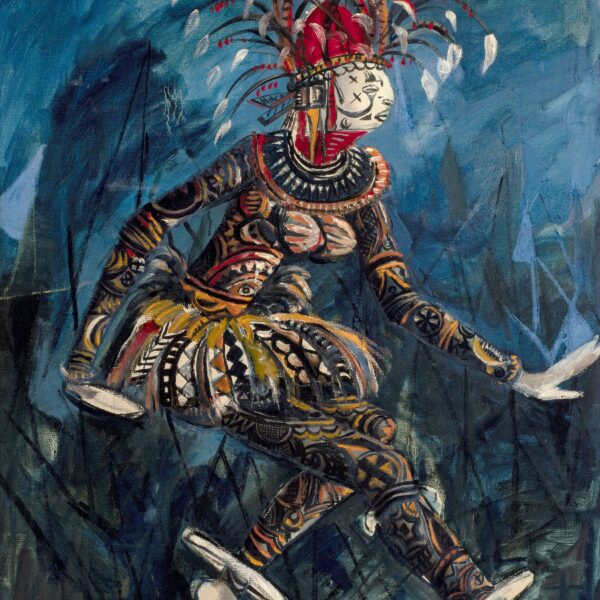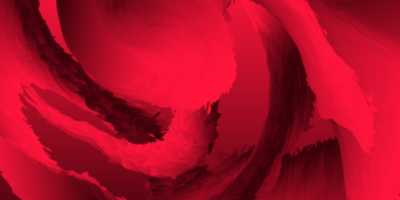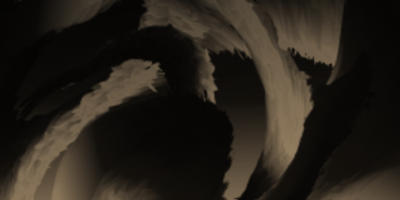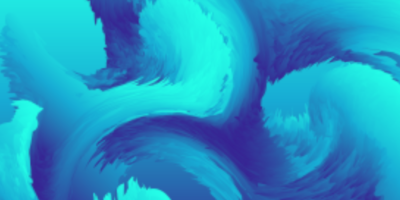Since beginning her career as a party photographer for i-D, Alice Hawkins has evolved into queen of reconstruction, disrupting our preconceptions of the commercial high-fashion world.
Shooting for Love, British Vogue and Harper’s Bazaar, Donatella Versace, Roberto Cavalli, Hugh Hefner and Marilyn Manson are just some of the names amongst her portraits. She has directed campaigns for Agent Provocateur, whilst collaborating with long-time supporter Nick Knight.
Perhaps then, her brash, ironic photography at first provokes a surprise – albeit a glorious one. Hawkins pushes beyond any imposed false standards, refusing to let a narrow definition become the be all and end all of fashion photography. Her work documents a modern-day material culture in a world of excess, exploring genuine social conditions within settings that span from the flamboyant casino floors of Vegas to showgirls in Blackpool.
Interestingly, Hawkins’s models aren’t always from the fashion runways, but from the runway of the world, captured in their unique environments where they walk their own catwalk of life. Hawkins not only exposes an otherwise underground reality, but also encourages recognition of their stark desire to cultivate an individual identity – the defining (but sometimes forgotten) essence of fashion itself. With a cutting edge, startling honesty, her works stands as a celebration of people as they stand and in their own world – outrageous, unconventional, or exuberant, each subject is photographed as they are on their own terms, without judgement, without criticism.
But Hawkins takes this biographical approach and pushes it so far into reality it borders on the surreal; her desire to investigate and portray a sense of self-presentation leads to a subtly ironic representation of unreality – of the bizarre that passes overlooked within the norm. By being confronted with situations that are initially considered “in dubious taste”, Hawkins leads viewers towards an accepting, celebratory acknowledgment.
For all the humour and surprise, her images evoke a visual language that ironically provokes and yet shatters human judgement. The way we view fashion, the world, and each other, is changing profoundly, and Hawkins manages to tap into the social, economic, and cultural elements of our time, intensifying and changing the commercial expectation of high-fashion images. The uniting theme throughout all of Hawkins’ work, no matter who she shoots and where, is that each and every person who stands in front of her lens works hard to attain their ideal image that they have made quintessentially their own – for each and every one of us in any case, “all the world’s a stage”. Hawkins captures just that.
Prime Planet: What does ‘photography’ mean to you? Describe your work in three words.
Alice Hawkins: Photography has become the most important thing in my life. I like to think of my work as revealing, honest, and sincere.
PP: For you, what is most important, aesthetically, when it comes to photography?
AH: To me sincerity is the most important element. Without that any true work of art is impossible.
PP: You’ve also worked in film. Do you incorporate elements of the cinematic into your photography, and if so, how and why?
AH: I don’t think my pictures are about the before or after in a cinematic sense. I want to present the subject in a way that suspends and illumines a particular moment in time.
PP: Is there a universal vision that connects these different mediums of work, or do you approach and consider each in a unique way?
AH: I believe in the uniqueness of every subject I choose to work on, regardless of the medium. The fact that the work is personal to me unites it.
PP: Would you say communicating a personal interpretation or vision of the world is the most important intention of your work?
AH: Yes, it’s the most important intention.
PP: A lot of attention is given to the subject’s self-presentation, in terms of their choice of clothing and their surroundings. What makes this an important element in your work?
AH: Clothing and surroundings work in a way to describe who my subject is and who they are or aspire to be. What an audience thinks about my subjects when I present the work to them is important. I believe each person I photograph is individual and special and I want the viewer to feel the same way.
PP: How would you define your ‘artistic vision’? When did you realise that this was what you wanted to convey through your work?
AH: My artistic vision involves a kind of experimentation that like all art attempts to break through the ordinary surface of reality and reveal the mysterious dynamics that lie beneath. The initial tendency of photography in its infancy was to concentrate one’s eye on the superficial and obscure the hidden life which glimmers through the outlines of things like a play of light and shade, which can’t be caught by a simply pressing a button. One has to grope for the hidden reality by feeling. This requires pushing the camera beyond its limits so to speak by a careful study of the subject and the varying factors that can go into its presentation. Both Edward Steichen and Diane Arbus, for instance, were self-taught masters at this approach and it’s one that I have built on for many years.
PP: Why do you choose to use models who you find in the environments you wish to explore photographically, rather than using catwalk models, for instance?
AH: Because I want an element of truth in my work. I want to convey a total reality. Naturally this element gives an image more weight and meaning. I recently made some images in Hawaii and two professional models joined me, although they are professional models and they have made a profession in presenting themselves in many guises they are also people like you or I who want to live and explore the world as much as anyone, and I thought about that when we embarked on that adventure together and it therefore made sense to me.
PP: Is there anyone who specifically inspires these other aspects that you add to your photographs?
AH: I have already mentioned Diane Arbus, who I still look on as a kind of mentor. And the country singer Dolly Parton inspires me hugely, chiefly because against all odds she stays true to herself and her roots. I admire many country music artists in this way .They continue to write and sing truthfully and honestly about their lives regardless of what might be considered as more commercially appealing to the music industry.
PP: What is it that you hope to communicate to viewers of your work?
AH: That my subjects and their worlds are unique and deserving of their attention.
PP: What do you think your work reveals about yourself?
AH: That I’m sensitive and sympathetic to people and their aspirations and disappointments. Also that I am fully in tune with my own developing tastes and that I strive to find beauty in places where others might not consider it would be.
PP: What has been the most important lesson you’ve learnt throughout the years as a photographer?
AH: Always cease the moment, try to make a connection with anything that you’re attracted to, you never know what new revelations may come of it.
PP: What do you hope to achieve in the future, either through photography or film?
AH: Like any artist, to produce at least one work that will stand the test of time and with that more adventure.
(All images from www.alicehawkins.com)


